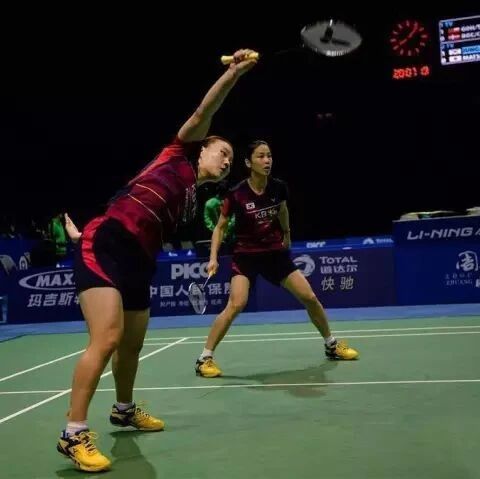Badminton racket-swing training—make it fast, faster, and even faster!!!
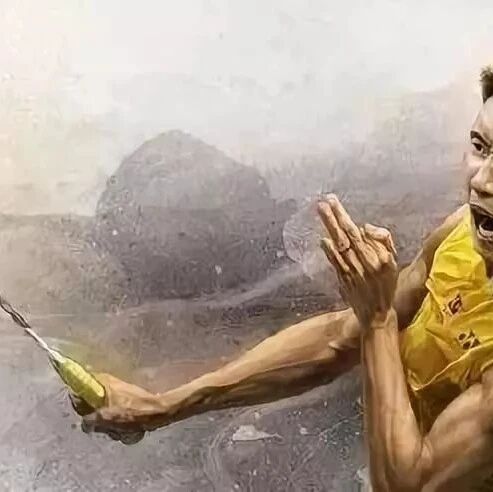

The correct racket swing allows players to fully unlock their potential while conserving energy. In badminton, the swing demands incredible speed—so fast, faster, and even faster!!!
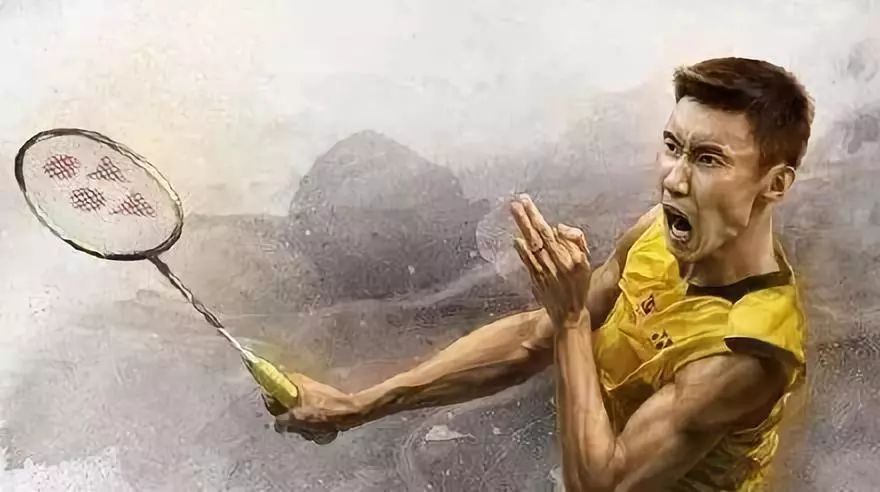
Types of racket techniques:
Inside-out swing (forehand swing)
Outward Rotational Swing (Backhand Swing)
Arm swing and racket stroke (overhead swing)
1. In-to-out racket swing technique:
Inside-out swing refers to the forearm rotating inward, which drives the racket to generate spin and strike the ball. Within the forehand range, this inside-out swing delivers powerful, devastating shots. Even during backhand strokes or initial outward rotations, players often start with an inward motion first, enhancing the acceleration phase for greater speed and control.
How to practice:
(1) Elbow joint facing forward, directly toward the net
(2) Arm stretch: Quickly rotate your arm inward and forward until the back of your hand faces your face to strike the ball. As you hit the ball, bend your wrist along with the movement of your hand. See the illustration below:
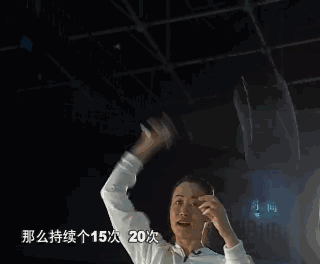
Important notes:
By rotating the forearm and hips to drive the elbow joint forward, while simultaneously shifting your center of gravity backward.
2. External Rotational Racket Swing Technique:
An outward rotation of the racquet involves turning the forearm outward to generate spin and strike the ball. The inward-outward rotation during a backhand shot is particularly powerful and devastating. When hitting a hard, forceful shot, it’s crucial to seamlessly combine both inward and outward arm rotations.
How to practice:
(1) Lift the elbow joint to its highest point, with the racquet head pointing toward the ground. (2) Begin by internally rotating the forearm. (3) Without pausing, reverse the rotation of the forearm outward as you strike the ball, keeping your elbow fully extended. (Refer to the diagram.)
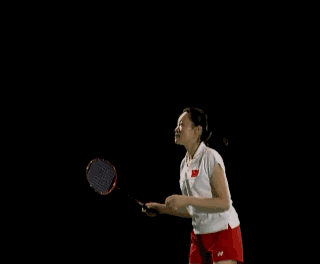
Important notes:
1. Throughout the entire swing, the arm first rotates inward and then outward, while the wrist bends backward along with it.
2. When hitting the ball and pausing your swing, avoid rotating your shoulders.
3. Swing-and-Sweep Technique:
The swing-and-extend motion is primarily used to return high shots, requiring strong shoulder and arm muscles—so it’s essential to strengthen your shoulder muscles through regular exercise beforehand.
How to practice:(1) Stand in the optimal position and prepare to hit the ball as soon as it arrives.
(2) During the swing, move the racket in the opposite direction—starting from the left-shoulder takeaway position and returning it toward the right shoulder—while simultaneously driving your hips and elbows forward in a circular motion.
(3) Use the elbow joint to powerfully and swiftly rotate your forearm inward, sending the ball on its way.
(4) After striking the ball, continue rotating your forearm inward with the nearly straightened elbow, allowing the racket to complete its full arc before gradually coming to a stop on the left side of your body (as shown in the diagram).
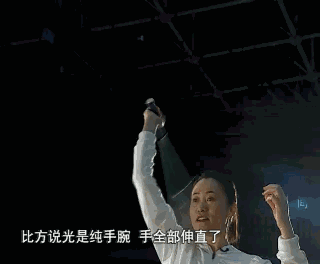
Important notes:Swinging the racket is highly effective in increasing the speed of the racquet head at impact—make sure to maintain the acceleration for as long as possible.
More article recommendations:
Step-by-step guide to mastering the forehand flat high shot
Stretching and cooling down after badminton is actually more important than warming up.
Related Articles
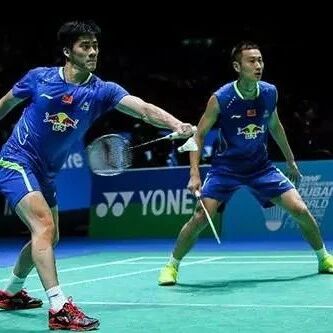
Why are you afraid of opponents' smashes? Because you haven’t mastered these 4 essential tips for handling them!
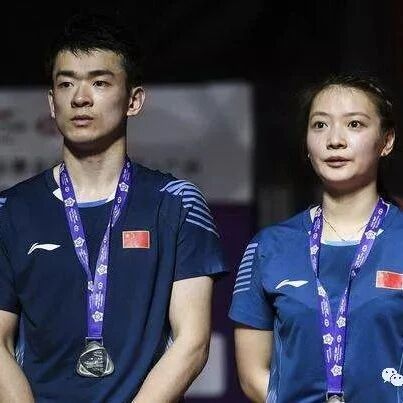
How should mixed doubles badminton matches be played, and what specific roles should male and female players take?
